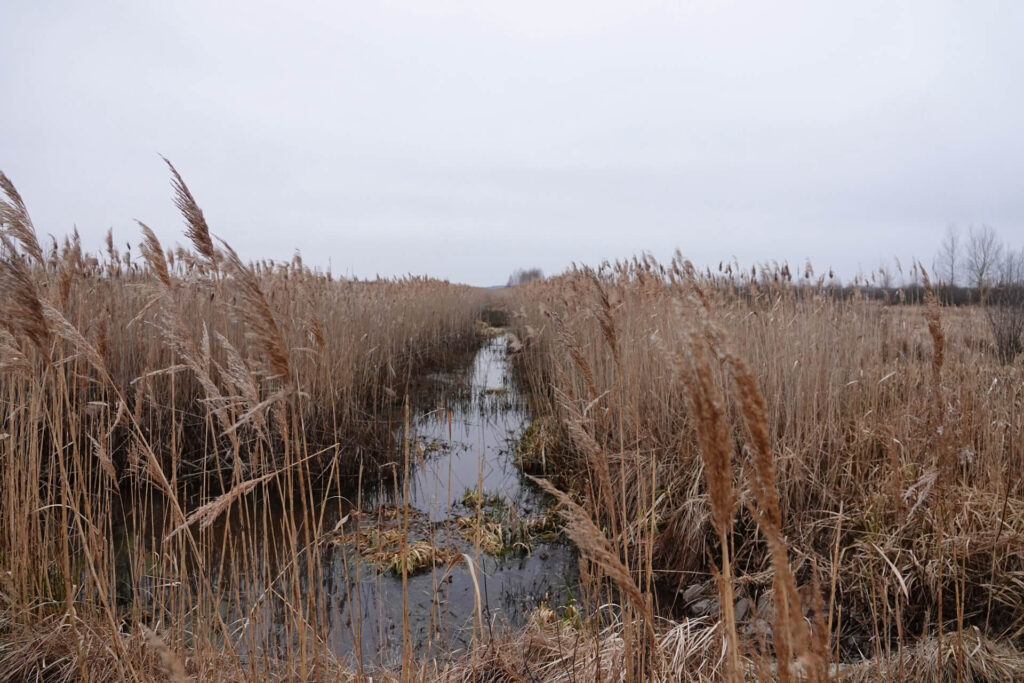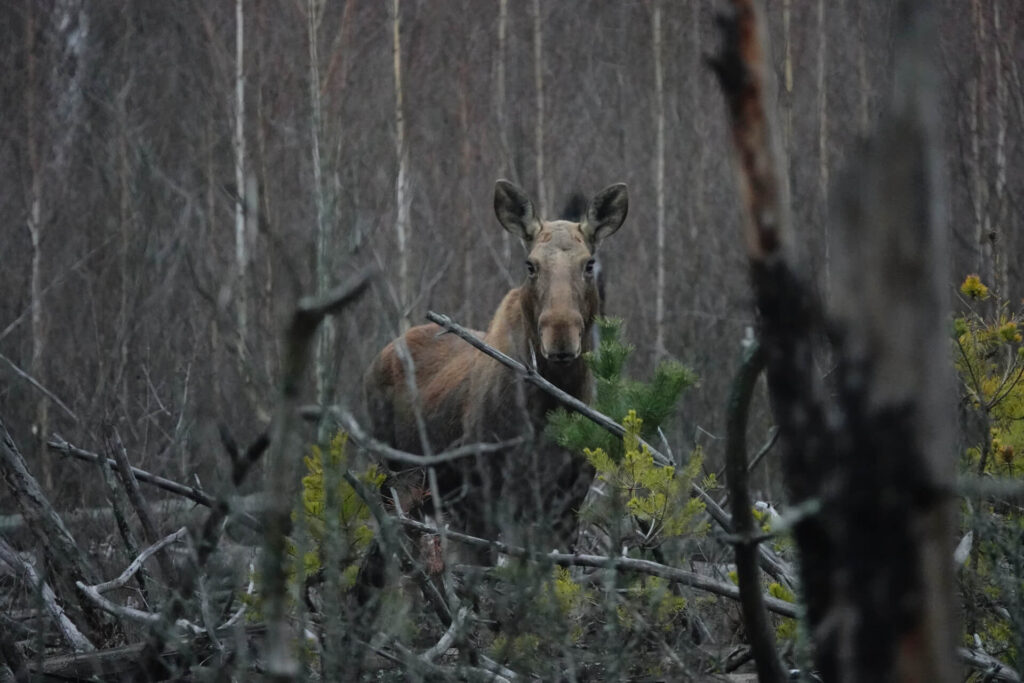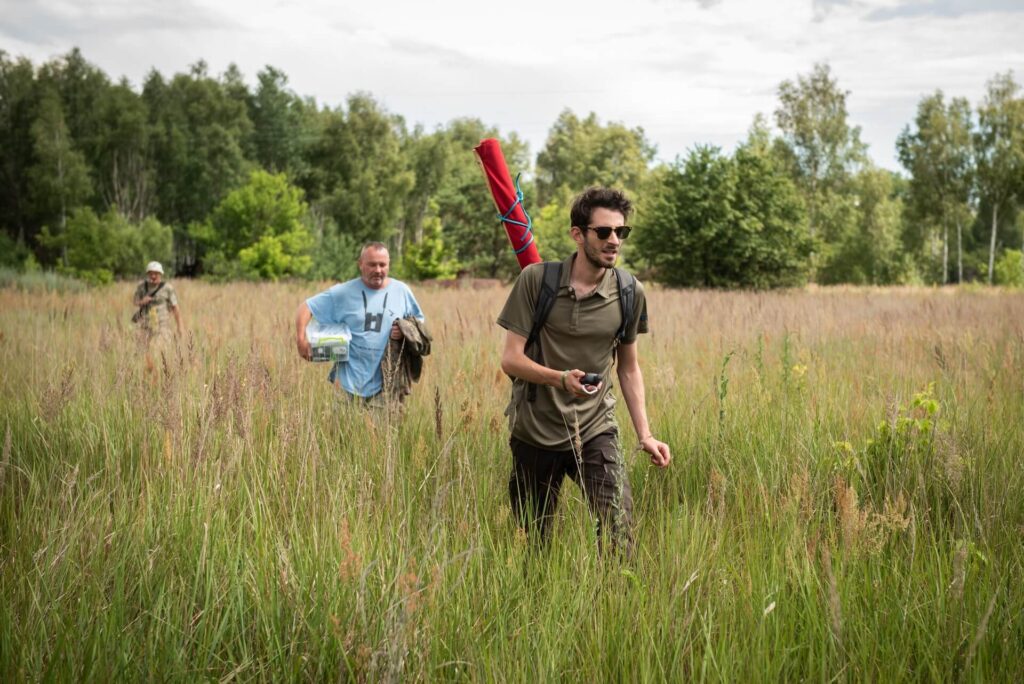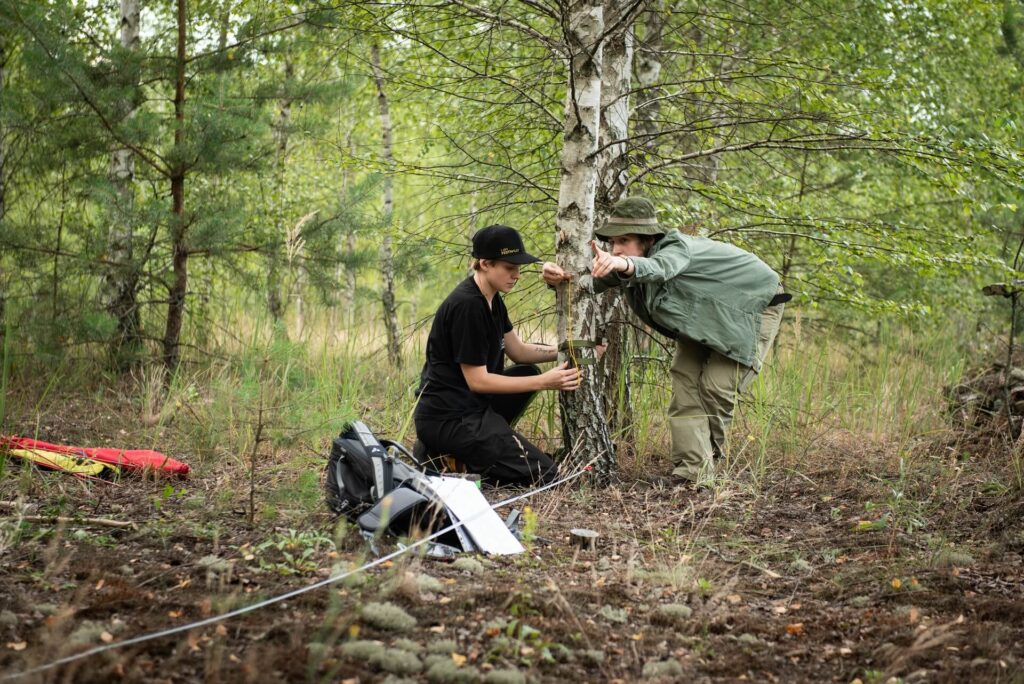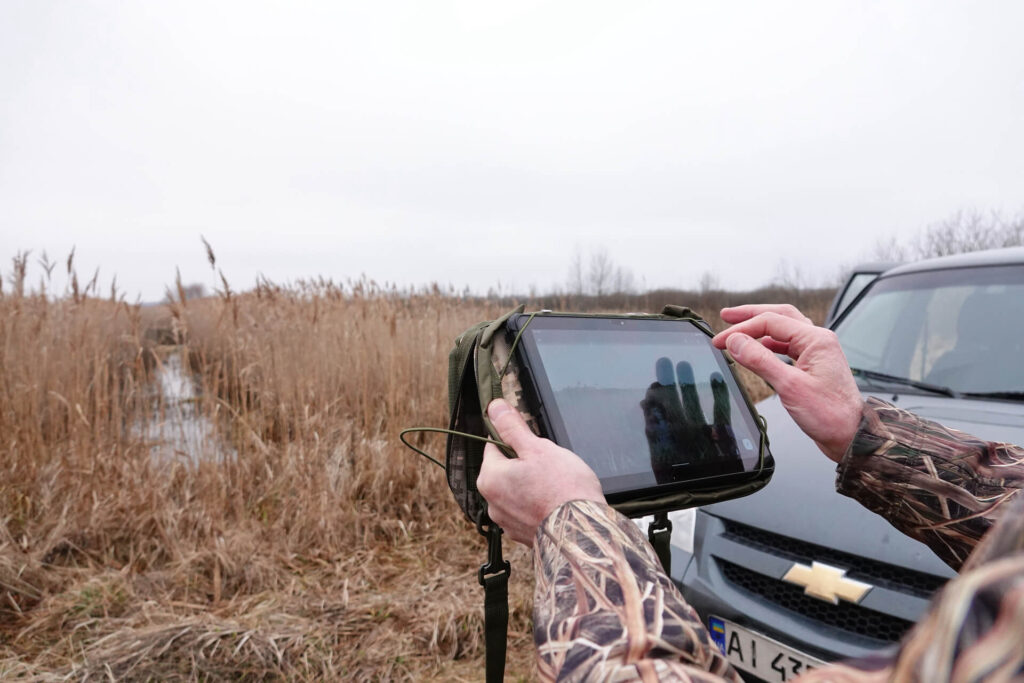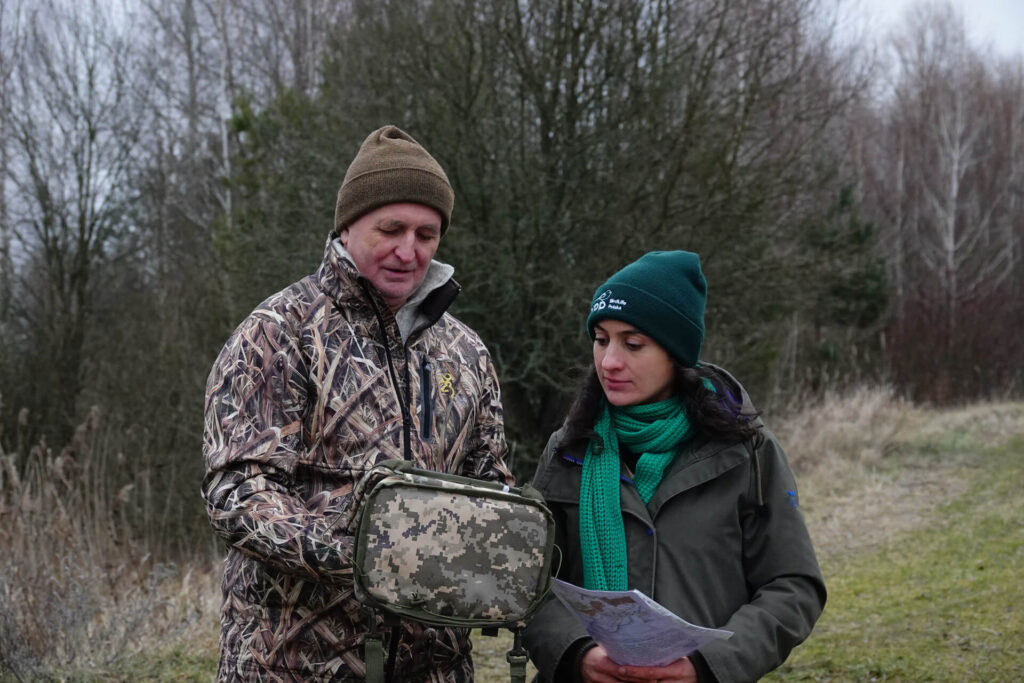Chornobylskyi
The Chornobylskyi Radiation and Ecological Biosphere Reserve is one of the largest nature protected areas in Ukraine, covering more than 226,000 hectares within the Chernobyl Exclusion Zone. Following the 1986 nuclear disaster, the area around Chernobyl was largely abandoned by people, allowing nature to recover on its own. The absence of human and commercial activities has led to a rapid increase in biodiversity, and today the reserve is a unique natural laboratory where researchers can observe how ecosystems cn adapt and recover in the absence of human interference.
Today, the reserve is home to more than 76 mammals species, 300 birds species, 60 fish species, and more than 1,200 plant species. The biosphere reserve has become a refuge for many rare and endangered species, including wolves, lynxes, brown bears and the white-tailed eagle.
The landscape includes forests, marshes, meadows and wetlands that are home to unique rare plants, including relict scots pine, wild orchids and Red Book-listed ferns.
The Chornobylskyi Exclusion Zone is now a key site for international environmental research, allowing scientists to study the mechanisms of natural recovery after the disaster. Researchers say that the absence of agriculture and other human activities has allowed natural ecosystems to regenerate, creating exceptional conditions for observing wildlife recovery. Scientists are also interested in the impacts of radiation on the genetics and behaviour of animals as well as any adaptive mechanisms they may have developed in the contaminated environment.
The Chornobylskyi Biosphere Reserve already serves as a sanctuary for rare species, a scientific platform for studying ecosystems, and a potential area for ecotourism. In the future, it may become a unique world-class biosphere reserve, demonstrating the power of nature to recover and thrive even in the most inhospitable conditions.
Expansion and consolidation of nature conservation areas. Since 2019, the Frankfurt Zoological Society (FZS) has supported ongoing efforts to expand and strengthen Polissia’s protected areas, with the aim of creating a larger, more cohesive conservation landscape. In collaboration with local conservation partners, FZS has supported the expansion of the Drevlianskyi Landscape Reserve, adjacent to the Chornobylskyi Biosphere Reserve, and has added 119 hectares of protected land to the Drevlianskyi Strict Nature Reserve.
Biodiversity monitoring. FZS continues to support conservation work in the Chornobylskyi Biosphere Reserve as part of broader conservation efforts in Polissia. This includes:
- The provision of high-quality monitoring equipment, such as binoculars, scopes, and mobile phones, to enhance the reserve’s biodiversity monitoring.
- The introduction of a Spatial Monitoring and Reporting Tool (SMART) monitoring system to help improve data collection and make the conservation process more efficient.
- The installation of camera traps across the reserve to monitor the presence of large mammals and other wildlife, allowing us to better understand species distribution and population trends.
- The initiation of acoustic monitoring, which has been conducted throughout the Chornobylskyi Biosphere Reserve, aimed at detecting birds, small mammals, and bush crickets – a technique that has proven invaluable for tracking species and assessing the reserve’s biodiversity.
Operational and emergency support. To support daily operations, FZS provides financial support for operational costs, including fuel, vehicle maintenance, and repairs. Our mobile car workshop helps to keep essential vehicles running and in good working condition.
Habitat Restoration. In 2023, the Frankfurt Zoological Society resumed work on wetland restoration in Polissia. In the Chornobylskyi Biosphere Reserve a potential restoration site was chosen, located in the floodplain of the Uzh River. Restoring wetlands here is crucial for improving the hydrological conditions, reducing fire risks, helping ecosystems adapt to climate change, and enhancing the wetland habitat for native flora and fauna.
To guide the restoration process, a scientific justification for the project has been prepared and an engineering plan is currently in development.
The restoration initiative will be accompanied by continuous, long-term hydrological and ecological monitoring, and specialized equipment has been provided to the reserve to support this. This will play a key role in tracking the progress of the restoration and ensuring its success.

